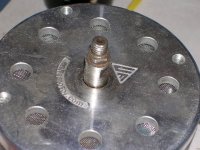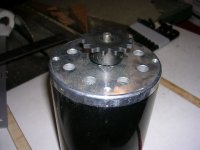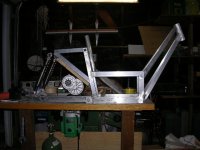xyster
10 MW
Beagle123 said:Hey Xter:
Thanks for that great advise on batteries. The article you linked to said this:
The Milwaukee Emoli packs have been working out great when used in an application that doesn't require the latest and greatest lipo cells.
I assume he's talking about discharge rate? In terms of capacity, they are comparable to all lipo cells right? What is the chemistry of these cells?
Hey Beagle. Seems he's probably talking about discharge rate or weight. Emoli's are heavier than Lipo's and the 15C discharge rate is lower than the best lipo's. The chemistry is lithium manganese (LiMn). Lipo's are still the standard in applications requiring the absolute best capacity for least weight, like RC airplanes. The main downsides to lipo compared to either LiMn or LiFePO4 of course are safety and longevity.
Also, if I understand correctly, the LiFePo4 cells have approx 40% less energy by volume? This would be bad for me considering I'm lacking space.
That's about right. Each 26650-sized emoli cell holds 10 watt-hours of actually-usable energy (3.8v 2.6ah); each same-sized A123 cell holds 7 watt-hours of actually-usable energy (3.2v 2.2ah); regular lithium cobalt (li-ion or lipo) because of the strict 80% DoD limitation, have about the same volumetric energy density as LiMn, but in a lighter package.




